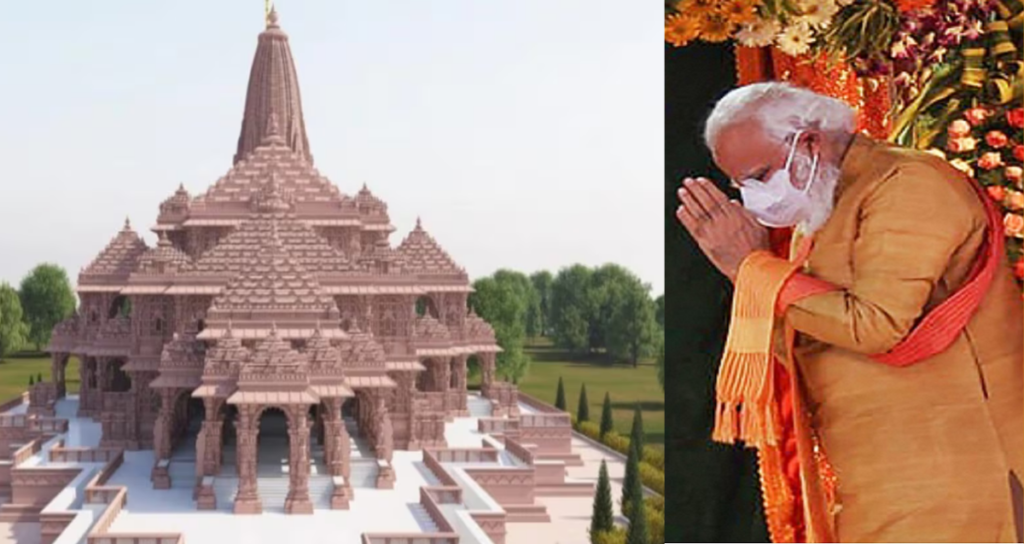In the heart of Ayodhya, a city once scarred by communal tensions, a $6 billion infrastructure facelift is in its final stages. This monumental endeavor precedes the grand opening of Ram Mandir, a Hindu temple set to become a symbol of religious fervor and a catalyst for economic growth. However, as the city anticipates a surge in prosperity, concerns and sentiments arise among some of Ayodhya’s residents, particularly the Muslim community.
Scheduled to open its doors on January 22, the first stage of Ram Mandir, adorned with carved pink sandstone and white marble, is poised to attract a staggering 4.5 million tourists monthly. This influx is expected to surpass Ayodhya’s entire population of 3 million, marking a significant economic boom for the city.
Ayodhya gained international attention in 1992 when a Hindu mob demolished the Babri mosque, paving the way for the construction of Ram Mandir. The Supreme Court’s 2019 decision to award the site to Hindu groups for temple construction further fueled this transformative project.
Hindu priest Rajendra Das, fervently believes that the temple, erected on what believers deem as the birthplace of Lord Ram, has already spurred unprecedented growth in Ayodhya’s hospitality and real estate sectors. Despite the optimism, concerns linger among some residents, particularly those whose properties were demolished in the redevelopment process.
Locals express feelings of displacement due to soaring land prices and what they perceive as inadequate compensation. Among those voicing concerns are members of Ayodhya’s sizable Muslim community, approximately 350,000 strong, who feel excluded from the benefits of this economic boom.
Ayodhya’s economic transformation has captured the attention of hospitality groups and property developers, with India’s Tata Group, U.S.-based Radisson, and others investing in Ayodhya’s burgeoning tourism sector. Businesses see Ayodhya evolving into a pilgrimage destination for India’s 1.1 billion Hindus, akin to India’s own Vatican City.
However, amidst the economic opportunities, a stark reality emerges. Since the 2019 Supreme Court ruling, land prices in Ayodhya have soared, presenting challenges for locals. Properties, once valued at 1,600 rupees ($19) per square foot, have quadrupled in value. The development has resulted in the demolition of thousands of shops and houses, with locals expressing dissatisfaction over compensation.
Muslims, in particular, feel the brunt of this transformation. The Supreme Court’s order to allocate land for a new mosque, situated 15 miles from the temple, has fueled sentiments of exclusion. Azam Qadri, president of Ayodhya district committee of the Uttar Pradesh Sunni Central Waqf Board, laments the lack of focus on promoting mosques amidst the temple-centric development.
